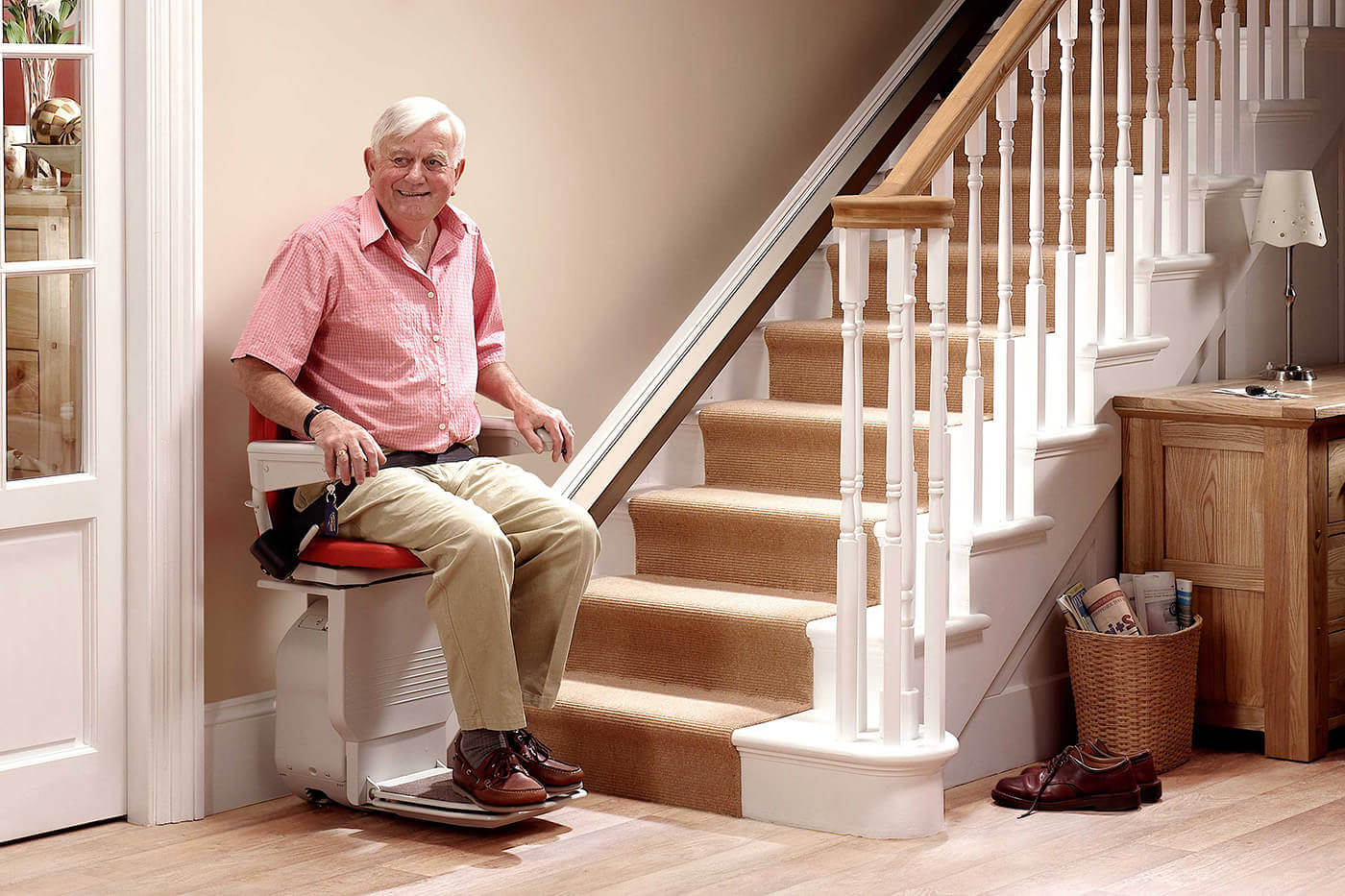

Articles
How To Get Elderly Up Stairs
Modified: December 7, 2023
Discover helpful articles on how to safely assist elderly individuals in navigating stairs and improve their mobility.
(Many of the links in this article redirect to a specific reviewed product. Your purchase of these products through affiliate links helps to generate commission for Storables.com, at no extra cost. Learn more)
Introduction
As our loved ones age, everyday tasks such as climbing stairs can become increasingly challenging. Aging brings about a natural decline in physical strength and agility, making it important to find safe and effective ways to assist the elderly in navigating stairs. Whether it’s in the comfort of their own home or in public spaces, understanding how to get the elderly up stairs is vital for their well-being and independence.
In this article, we will explore various strategies and techniques to help the elderly overcome mobility challenges and safely navigate stairs. From assessing their mobility capabilities to strengthening leg muscles and providing appropriate mobility aids, we will delve into the steps that can be taken to ensure the safety and well-being of our aging loved ones.
While it is always important to seek professional guidance, implementing some of the tips and recommendations outlined in this article can significantly improve the lives of the elderly, allowing them to maintain their mobility and independence for as long as possible.
Key Takeaways:
- Assessing the elderly’s mobility and implementing safety precautions, such as good lighting and handrails, are crucial for safe stair navigation and injury prevention.
- Strengthening leg muscles, providing appropriate mobility aids, and teaching correct stair climbing techniques empower the elderly to navigate stairs safely and maintain independence.
Read more: How To Get A Wheelchair Up Stairs
Assessing the Elderly’s Mobility
Before devising a plan to assist the elderly in navigating stairs, it is crucial to assess their mobility capabilities. Every individual is different, and understanding their specific needs and limitations will help determine the most appropriate strategies to implement.
Start by observing how the elderly individual navigates flat surfaces and performs daily activities. Pay attention to their balance, coordination, and overall strength. This assessment will provide valuable insight into their current mobility status.
If you notice any signs of instability or difficulty performing simple tasks, it may be an indication that additional support is needed when climbing stairs. Some signs to look out for include balance issues, frequent falls, muscle weakness, or difficulty lifting their legs.
Consider scheduling a visit with a healthcare professional, such as a physical therapist or geriatric specialist, who can conduct a comprehensive assessment of the elderly individual’s mobility. They can evaluate their strength, flexibility, and range of motion, as well as identify any underlying medical conditions that may impact their ability to climb stairs.
Through this assessment process, you will gain a better understanding of the elderly’s specific needs and be better equipped to develop a personalized plan for assisting them with stair navigation.
Ensuring Safety Precautions
When assisting the elderly in climbing stairs, safety should always be the top priority. Taking the necessary precautions will help prevent accidents and minimize the risk of injuries. Here are some key safety measures to consider:
- Good Lighting: Ensure that the stairway is well-lit to provide clear visibility. Installing bright lights along the staircase and at the top and bottom of the stairs can greatly reduce the chances of trips and falls.
- Handrails: Installing sturdy handrails on both sides of the staircase is essential. Handrails provide additional support and stability, allowing the elderly individual to hold on while ascending or descending the stairs. Make sure the handrails are securely fastened and at a comfortable height for easy gripping.
- Non-Slip Surface: Consider installing non-slip treads or grip tape on each step to provide better traction. This minimizes the chances of slipping, especially if the stairs become wet or slippery.
- Clear Pathways: Keep the stairway and surrounding areas clear of any clutter or obstacles that could pose a tripping hazard. Ensure that there are no loose rugs or objects that may cause someone to stumble.
- Proper Footwear: Encourage the elderly individual to wear sturdy, non-slip footwear when climbing stairs. Avoid footwear with high heels or slippery soles, as they can increase the risk of falls.
By implementing these safety precautions, you can create a secure environment that promotes the well-being and confidence of the elderly individual as they navigate stairs.
Strengthening Leg Muscles
Strong leg muscles are crucial for the elderly to have the necessary strength and stability to climb stairs. Regular exercise targeting the leg muscles can significantly improve their mobility and reduce the risk of falls. Here are some exercises that can help strengthen the leg muscles:
- Squats: Squats target the quadriceps, hamstrings, and gluteal muscles. Have the elderly individual stand with their feet shoulder-width apart and slowly lower their body as if sitting on a chair. Encourage them to keep their back straight and to push through their heels as they rise back up.
- Lunges: Lunges are excellent for strengthening the quadriceps, hamstrings, and gluteal muscles. Start with one leg forward and the other leg back, keeping the front knee aligned with the ankle as the individual lowers their body into a lunge position. Repeat on the other leg.
- Calf Raises: Calf raises target the calf muscles, which are important for stability and balance. Have the elderly individual stand with their feet hip-width apart, then rise up onto the balls of their feet and slowly lower back down. To make it more challenging, they can perform the exercise on a step and lower their heels below the step level.
- Leg Extensions: Leg extensions target the quadriceps muscles. Seated on a chair, have the elderly individual extend one leg out straight, then slowly lower it back down. Repeat on the other leg.
- Step-Ups: Using a sturdy step or platform, have the elderly individual step up with one leg, then bring the other leg up to meet it. Alternate the leading leg for a balanced workout.
Start with a few repetitions of each exercise and gradually increase the intensity and duration as the individual becomes stronger. It’s important to note that it’s always best to consult with a healthcare professional before starting any exercise program, especially for individuals with pre-existing medical conditions.
By incorporating these leg-strengthening exercises into their routine, the elderly can improve their overall leg strength and mobility, making it easier to navigate stairs with confidence.
Providing Mobility Aids
In addition to strengthening leg muscles, providing appropriate mobility aids can greatly assist the elderly in navigating stairs safely. These aids offer additional support and stability, reducing the risk of falls. Here are some common mobility aids:
- Handrail Extensions: If the existing handrails are not at a comfortable height or are too far apart, consider installing handrail extensions. These extensions can provide a more secure grip, making it easier for the elderly individual to maintain balance while climbing stairs.
- Stair Lifts: Stair lifts are motorized devices that can transport individuals up and down the stairs. They are particularly useful for those with limited mobility or individuals who are unable to climb stairs independently. Stair lifts can be custom-designed to fit the specific staircase configuration.
- Staircase Step Aids: Step aids are non-slip platforms that can be placed over existing stairs to provide a larger, more stable surface for the individual to step on. These aids can make the stairs feel less daunting and decrease the risk of slipping.
- Walker or Cane: Depending on the individual’s mobility needs, a walker or cane can provide added stability and support while climbing stairs. Walkers with wheels and brakes can be particularly useful for those who require more assistance.
- Mobility Scooters: For individuals with limited mobility, mobility scooters can significantly improve their ability to move around, including navigating stairs. There are lightweight and portable scooters available that can be easily transported up and down stairs, providing greater independence.
It’s important to assess the individual’s specific mobility needs and consult with a healthcare professional or occupational therapist to determine the most suitable mobility aid. They can help recommend the appropriate equipment and provide training on how to use it safely and effectively.
By providing the necessary mobility aids, you can empower the elderly individual to maintain their independence and confidently navigate stairs, enhancing their overall quality of life.
Consider installing a stairlift to help elderly individuals safely navigate stairs. Stairlifts can provide a secure and convenient way for seniors to access upper levels of their home without the risk of falls or injury.
Read more: How To Make Stairs Safer For Elderly
Teaching Correct Stair Climbing Techniques
Proper stair climbing techniques are essential for the elderly to navigate stairs safely and efficiently. By teaching them correct techniques, you can help reduce the risk of falls and ensure a smoother ascent. Here are some tips to consider:
- Balance and Posture: Emphasize the importance of maintaining a balanced and upright posture while climbing stairs. Encourage the individual to keep their head up, shoulders back, and core engaged to promote stability.
- Step Size: Advise the elderly individual to take smaller steps and fully plant their foot on each step. This helps maintain control and reduces the risk of tripping or slipping.
- Focus and Attention: Encourage the individual to focus on each step and be mindful of their surroundings. Discourage distractions such as talking or looking elsewhere while climbing stairs, as this can lead to accidents.
- Use of Handrails: Teach the individual to always use handrails for support and stability. Emphasize the importance of gripping the handrail firmly and using it throughout the entire ascent or descent.
- One Step at a Time: Instruct the individual to focus on one step at a time, rather than looking at the entire staircase. This helps maintain balance and prevents feeling overwhelmed.
- Take Breaks if Necessary: If the individual feels fatigued or dizzy while climbing stairs, advise them to take breaks on a landing or halfway point. Encourage them to rest and regain their energy before continuing.
It may be helpful to practice climbing stairs with the individual, providing guidance and feedback as they navigate the steps. Gradually increase the difficulty by tackling different types of stairs, such as uneven or steep ones.
Remember to be patient and supportive throughout the teaching process. It may take time for the individual to become comfortable with the correct techniques, so offer reassurance and encouragement along the way.
By teaching the elderly correct stair climbing techniques, you can empower them to navigate stairs safely and confidently, allowing them to maintain their independence and mobility.
Implementing Regular Exercise Routine
Regular exercise is crucial for the overall health and well-being of the elderly. In addition to strengthening leg muscles, incorporating a well-rounded exercise routine can improve balance, flexibility, and cardiovascular fitness, making it easier to navigate stairs. Here are some key components to consider when implementing an exercise routine:
- Aerobic Exercise: Engaging in activities such as brisk walking, swimming, or cycling can improve cardiovascular fitness and endurance. Aim for at least 150 minutes of moderate-intensity aerobic exercise per week, or as recommended by a healthcare professional.
- Strength Training: Include exercises that target all major muscle groups, including the legs, arms, back, and core. Resistance bands, weights, or bodyweight exercises like squats and lunges are effective for building strength. Start with lighter weights or bands and gradually increase resistance as strength improves.
- Balance and Stability Exercises: Incorporate exercises that focus on improving balance and stability, such as standing on one leg, heel-to-toe walking, or yoga. These exercises can help prevent falls and increase confidence while navigating stairs.
- Flexibility Exercises: Include stretching exercises to improve flexibility and range of motion. Gentle stretches for the legs, hips, and back can ease muscle tension and improve mobility for stair climbing.
It’s important to start gradually and progress slowly, especially for individuals who have been sedentary or have underlying health conditions. If unsure about which exercises are appropriate, consulting with a healthcare professional or a certified trainer can provide guidance tailored to the individual’s needs and abilities.
Encourage the elderly individual to find activities they enjoy and make exercise a social experience by joining group classes or exercising with a friend. This can increase motivation and make the routine more enjoyable.
Remember, consistency is key. Set realistic goals and develop a routine that can be easily maintained. Help the individual track their progress and celebrate their achievements along the way.
Implementing a regular exercise routine not only improves physical fitness but also enhances mental well-being and overall quality of life. By staying active, the elderly can maintain their mobility, independence, and confidence when navigating stairs.
Seeking Professional Guidance
When it comes to assisting the elderly in navigating stairs, seeking professional guidance is highly recommended. Healthcare professionals and experts in geriatric care can provide invaluable insights and guidance to ensure the safety and well-being of the elderly individual. Here are some reasons why seeking professional guidance is important:
- Comprehensive Assessment: Healthcare professionals, such as physical therapists or occupational therapists, can conduct a thorough assessment of the individual’s mobility, strength, and overall functional abilities. They can identify specific challenges and tailor recommendations accordingly.
- Personalized Recommendations: Based on the assessment, these professionals can provide personalized recommendations and strategies to address the individual’s specific needs. This may include exercises, assistive devices, modifications to the home environment, or therapeutic interventions.
- Proper Training: Professionals can teach both the elderly individual and their caregivers the correct techniques for navigating stairs safely. They can provide hands-on training and supervise the initial learning process, ensuring that proper methods are utilized.
- Education and Resources: Seeking professional guidance allows access to educational resources and information on the latest advancements in assistive devices, technologies, and safety measures. They can help stay informed about best practices and potential risks.
- Monitoring and Adjustment: Professionals can monitor the progress of the elderly individual and make necessary adjustments to their assistance strategies or exercise routines. They can ensure that the methods being used are effective and modify them as needed.
- Collaboration with Other Healthcare Providers: Professionals can coordinate with other healthcare providers involved in the individual’s care, such as physicians or geriatric specialists. This collaboration ensures a comprehensive approach and addresses any underlying medical concerns.
Remember, each individual’s needs may vary, and professional guidance can provide valuable insights and support tailored to their specific circumstances. Whether it’s a one-time consultation or ongoing therapy sessions, the involvement of healthcare professionals can greatly enhance the safety and effectiveness of assisting the elderly in navigating stairs.
Consult with the individual’s primary healthcare provider or reach out to local resources to find professionals specializing in geriatric care or physical therapy. They can provide recommendations and refer you to the appropriate professionals who can address the individual’s unique needs.
Conclusion
Navigating stairs can pose challenges for elderly individuals, but with the right strategies and support, it is possible for them to maintain their mobility and independence. By assessing the elderly’s mobility, implementing safety precautions, strengthening leg muscles, providing appropriate mobility aids, teaching correct stair climbing techniques, implementing a regular exercise routine, and seeking professional guidance, we can ensure their safety and well-being.
Assessing the elderly’s mobility capabilities allows us to understand their specific needs and limitations. This knowledge helps us tailor our approach and provide the necessary support. Implementing safety precautions, such as good lighting, handrails, non-slip surfaces, and clear pathways, reduces the risk of accidents and injury.
Strengthening leg muscles through targeted exercises improves the elderly’s overall mobility and stability. Providing mobility aids, like handrail extensions, stair lifts, and cane or walker support, offers additional safety and support. Teaching correct stair climbing techniques, such as maintaining balance and posture, taking smaller steps, using handrails, and focusing on one step at a time, promotes safe and confident stair navigation.
Implementing a regular exercise routine that includes aerobic exercise, strength training, balance and stability exercises, and flexibility exercises improves overall fitness and reduces the risk of falls. Seeking professional guidance from healthcare professionals and experts in geriatric care ensures comprehensive assessments, personalized recommendations, proper training, education, monitoring, and collaboration with other healthcare providers.
In conclusion, by implementing these strategies and seeking professional guidance, we can provide the necessary support and assistance for the elderly to navigate stairs safely and maintain their independence. Through a combination of physical exercise, safety measures, and personalized care, we can help them maintain their overall mobility and enhance their quality of life.
Frequently Asked Questions about How To Get Elderly Up Stairs
Was this page helpful?
At Storables.com, we guarantee accurate and reliable information. Our content, validated by Expert Board Contributors, is crafted following stringent Editorial Policies. We're committed to providing you with well-researched, expert-backed insights for all your informational needs.
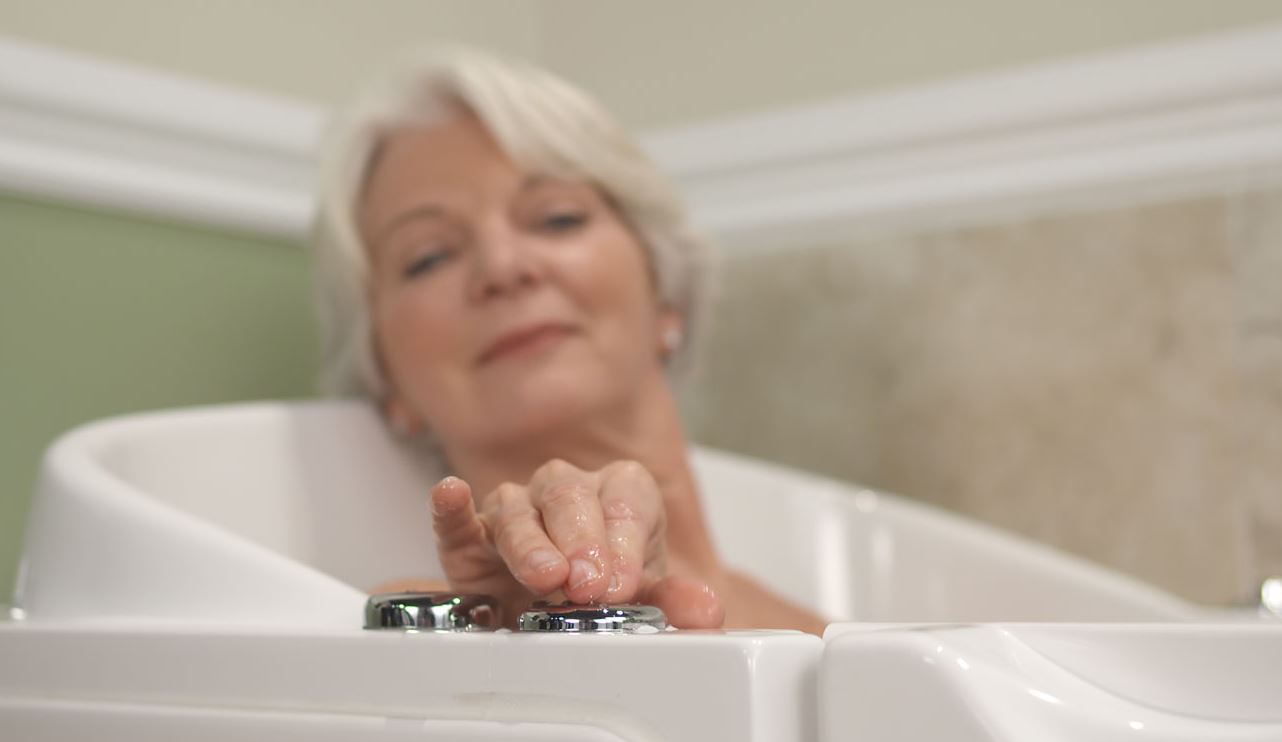

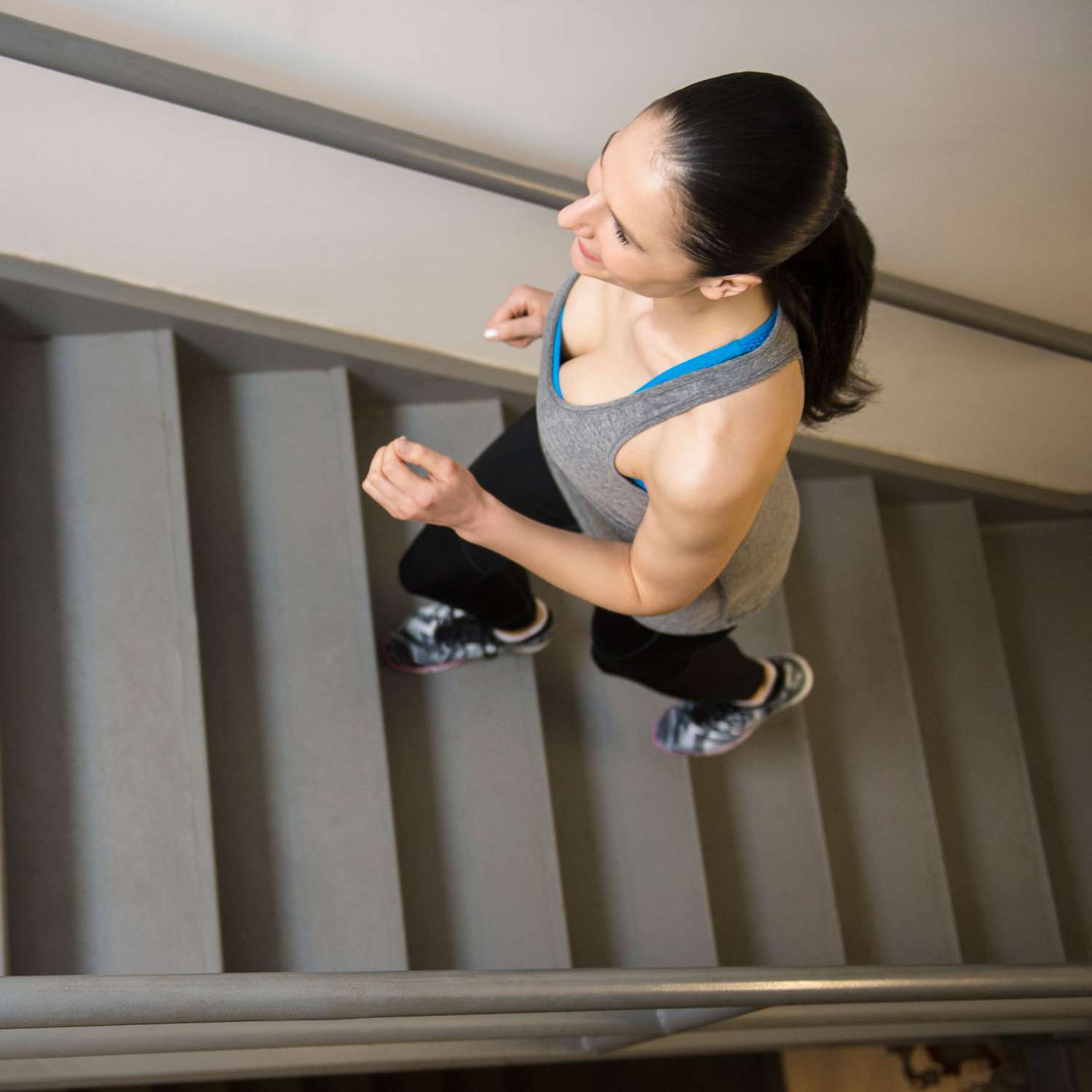

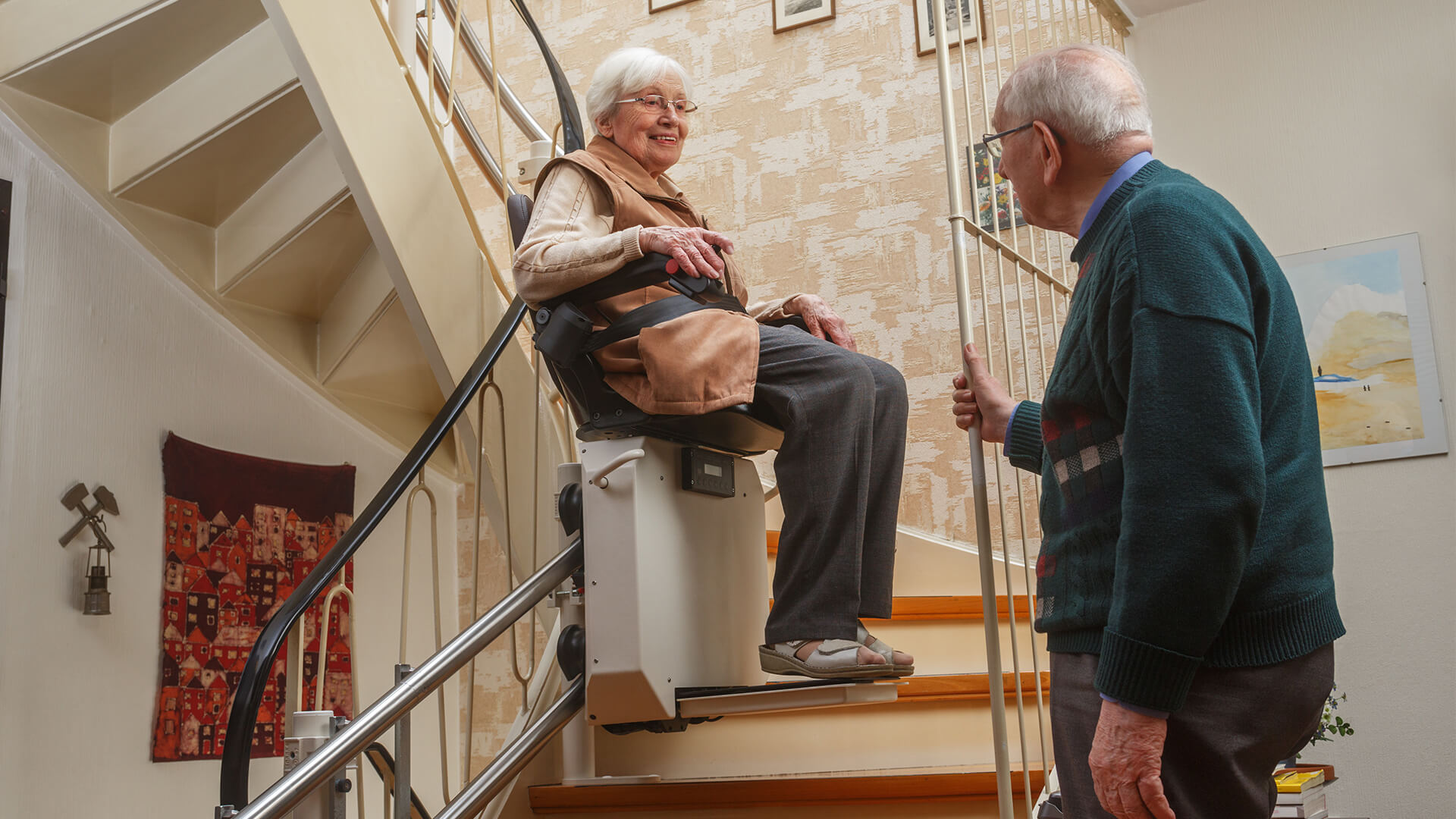
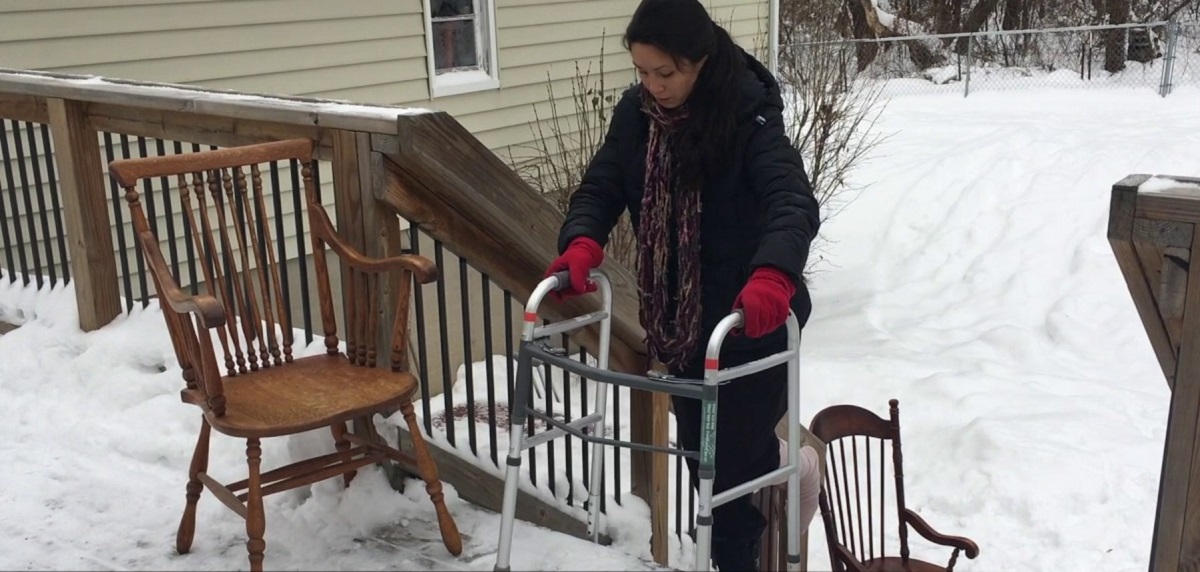
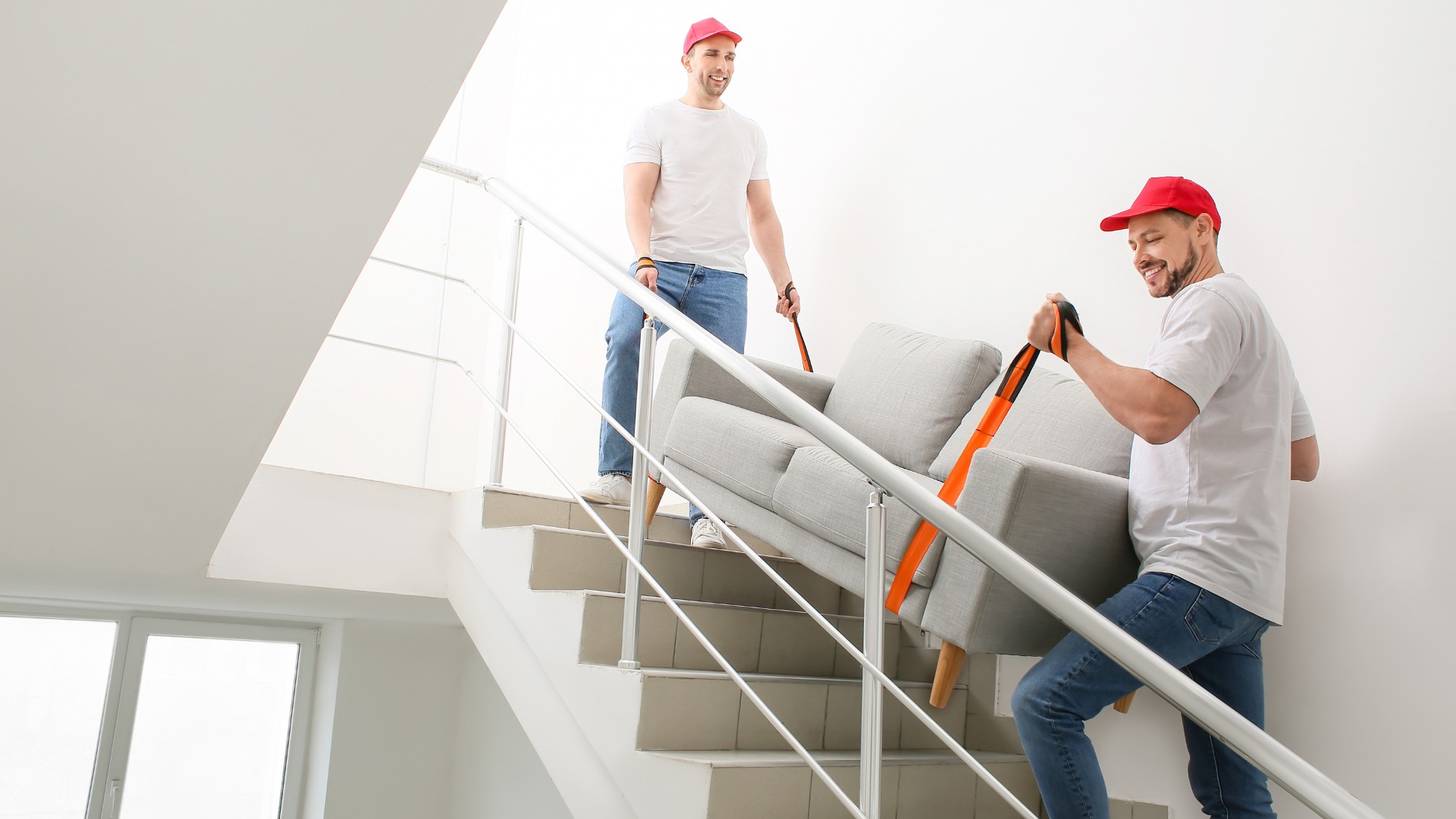
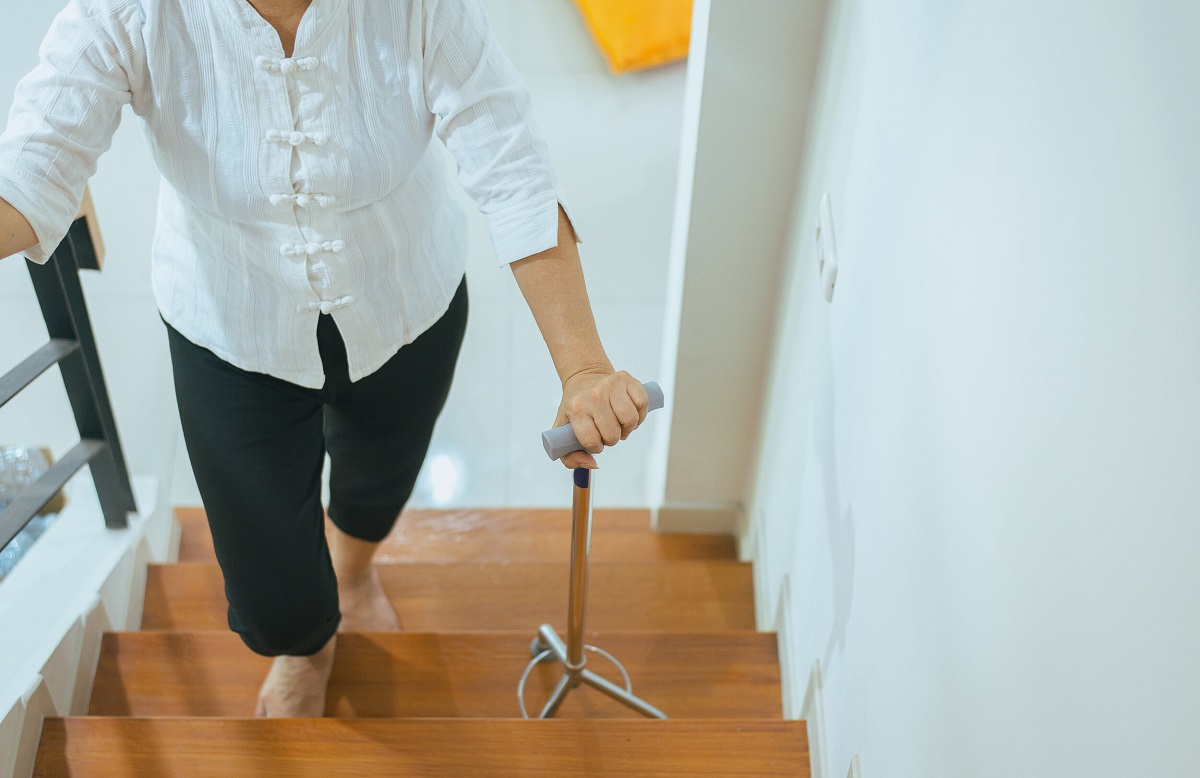

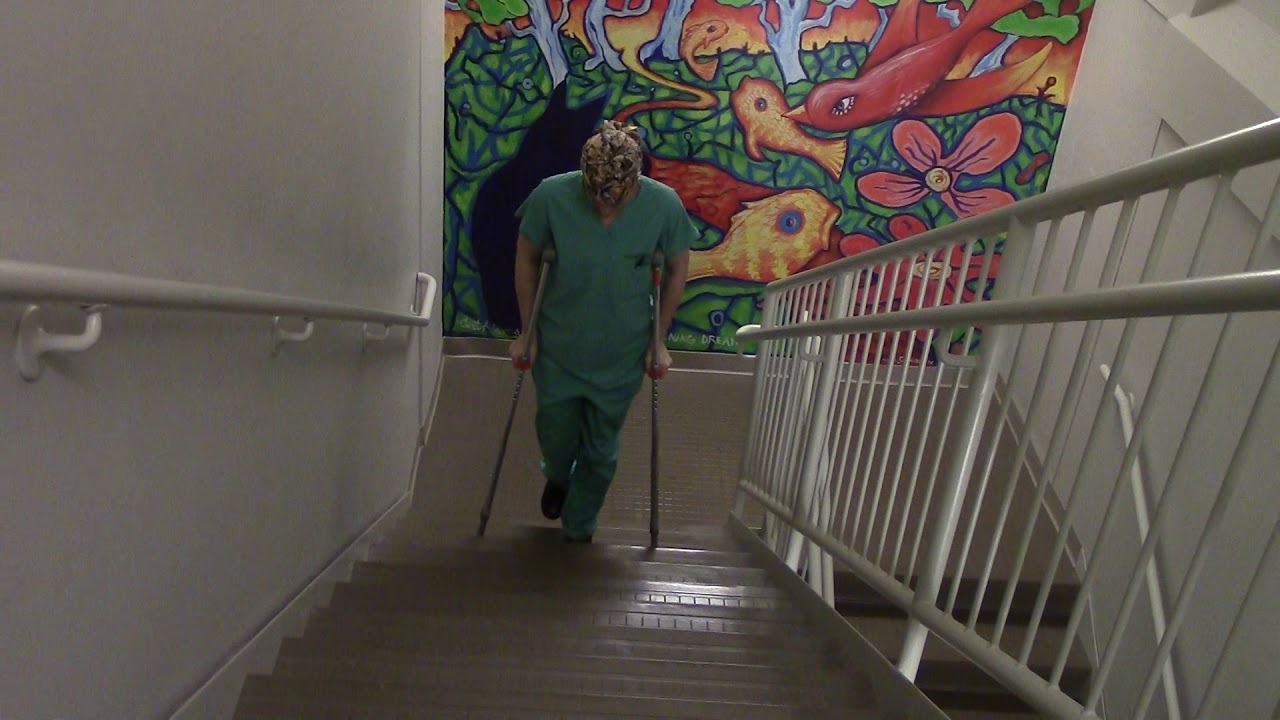
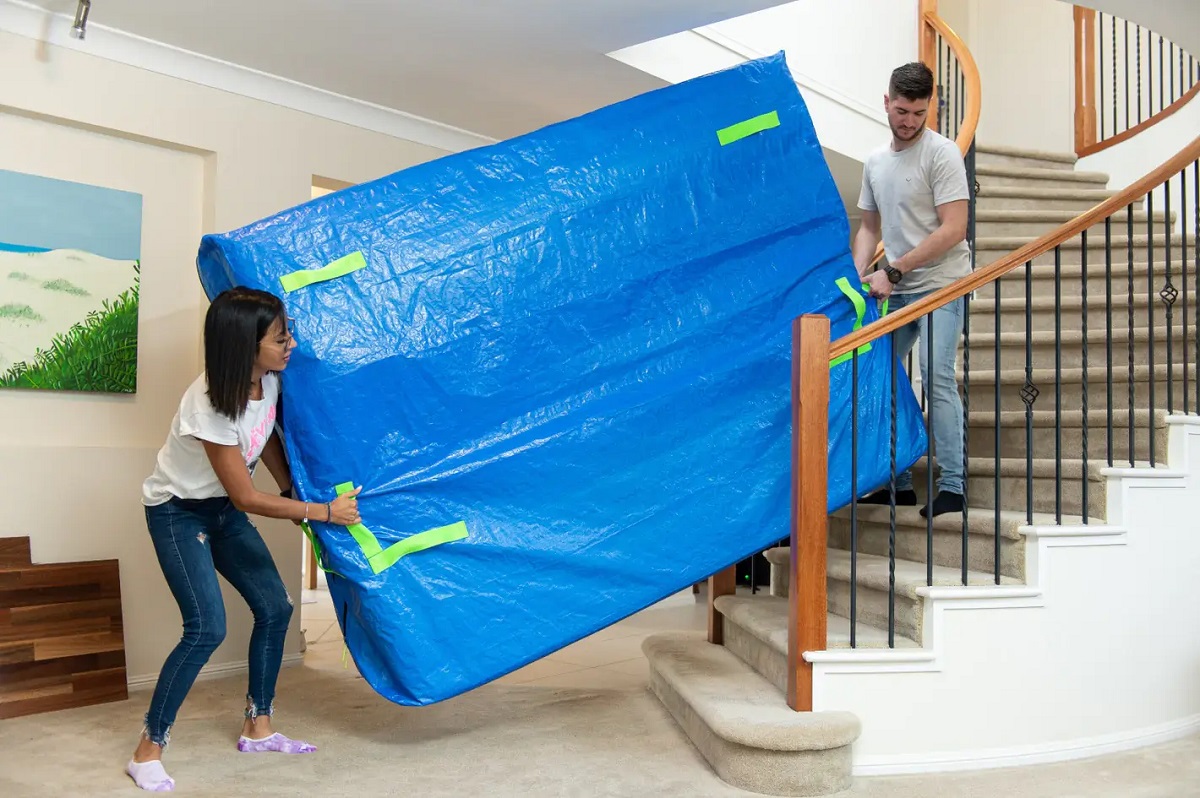
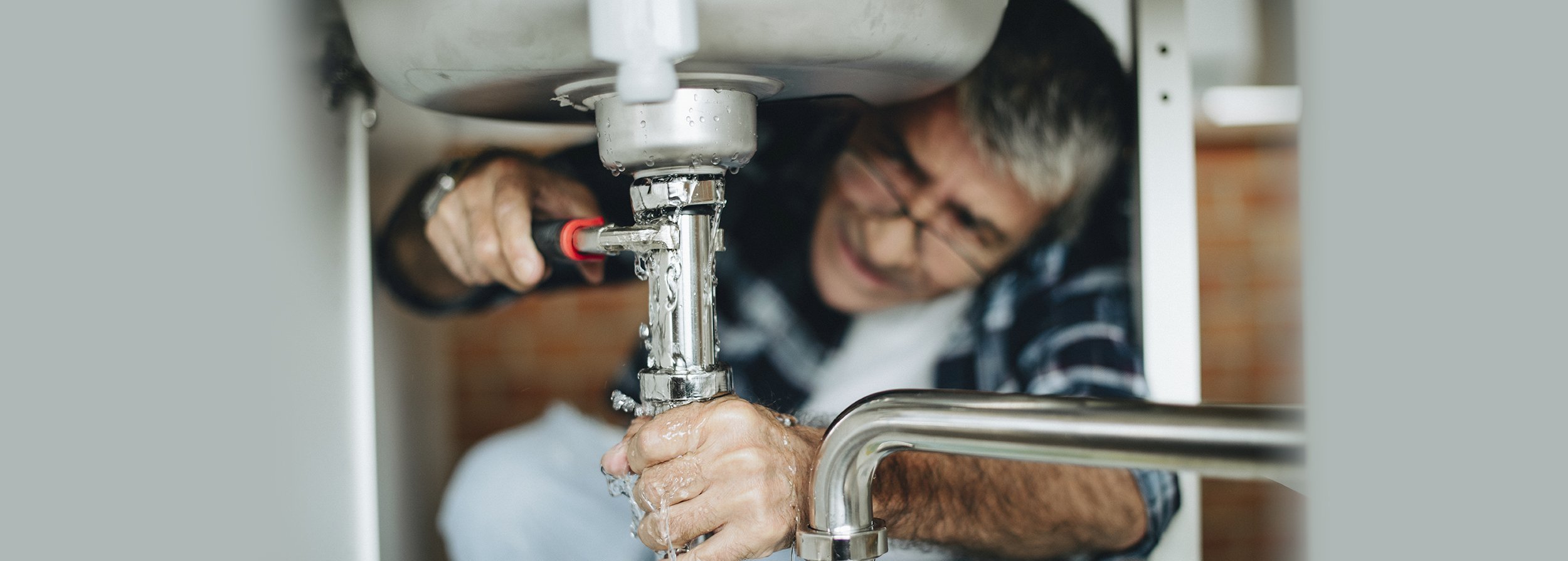

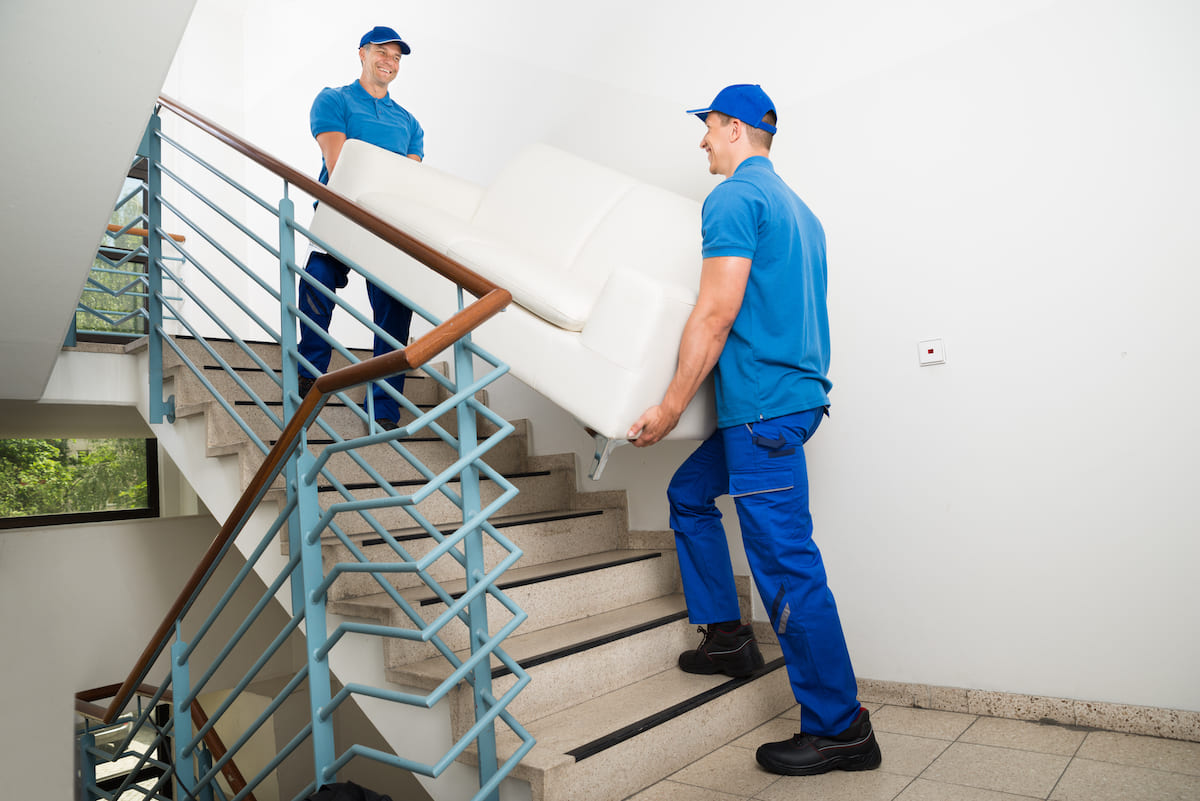

0 thoughts on “How To Get Elderly Up Stairs”